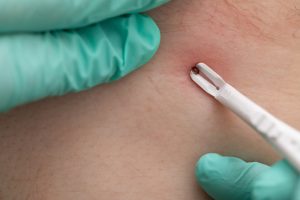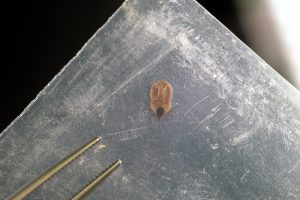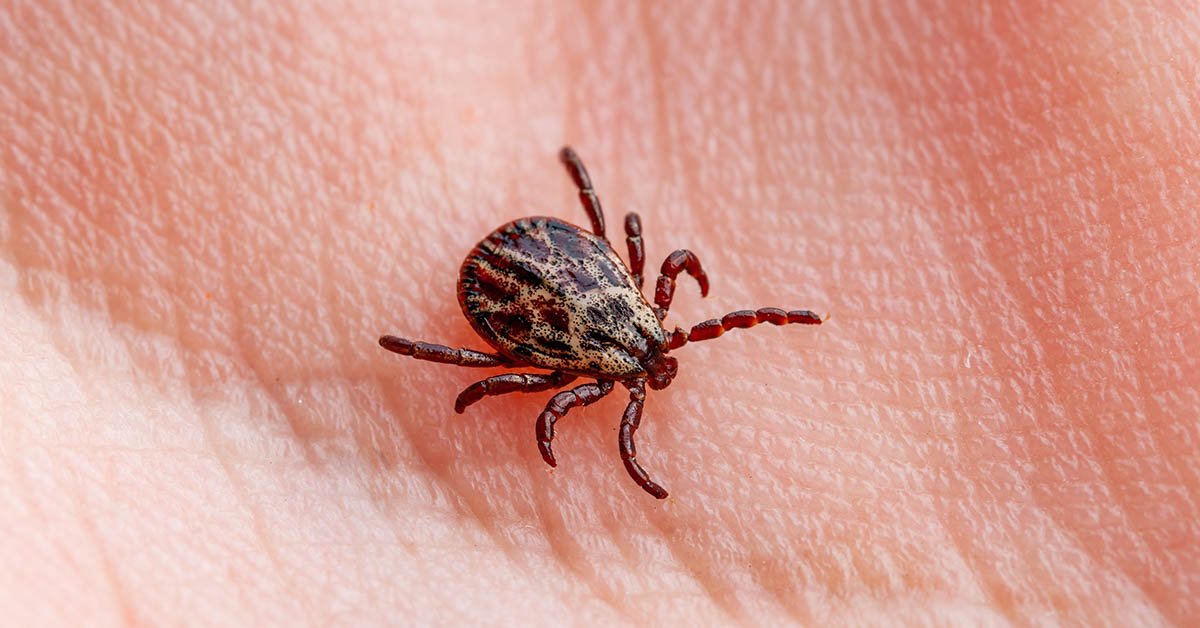Posted on January 30, 2025
Ticks may be small, but they can pose a big threat to your health. These tiny arachnids feed on the blood of animals and humans, and they can carry diseases like Lyme disease, Rocky Mountain spotted fever, and babesiosis. To protect yourself and your family, it’s important to know how to safely remove and dispose of ticks.
If you find a tick attached to your skin, don’t panic. The first step is to remove it carefully. Use fine-tipped tweezers to grasp the tick as close to your skin as possible, then pull it straight out in one steady motion. Avoid twisting or squeezing the tick, as this can cause it to release harmful bacteria into your bloodstream.

It’s also important to avoid using home remedies like nail polish, matches, or petroleum jelly to remove ticks. These methods can irritate the tick and increase the risk of disease transmission. Once the tick is removed, dispose of it properly by placing it in a sealed container or bag, or by flushing it down the toilet. This ensures the tick can’t harm anyone else.

Pets are just as susceptible to ticks as humans, so regular checks are crucial. During tick season, comb through your pet’s fur regularly, paying special attention to areas like the ears, armpits, and between the toes. If you find a tick, use tweezers to remove it carefully, making sure to get the entire tick. After removal, you can seal the tick in a container for identification by a veterinarian or dispose of it securely.

Lyme disease is one of the most common tick-borne illnesses. Early symptoms include fever, headache, fatigue, and a distinctive bullseye-shaped rash. If left untreated, Lyme disease can lead to more serious complications, so it’s important to seek medical attention if you suspect you’ve been bitten by a tick. Other tick-borne diseases may cause symptoms like chills, muscle aches, and joint pain, so always monitor your health after a tick bite.

If you experience any symptoms after a tick bite, don’t wait—see a doctor right away. Early treatment is key to preventing long-term health issues. By following proper tick removal and disposal techniques, you can reduce the risk of tick-borne diseases and keep yourself and your loved ones safe.


